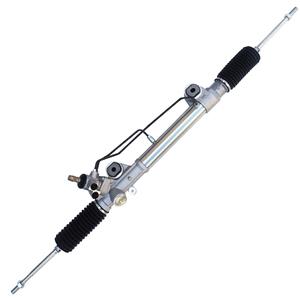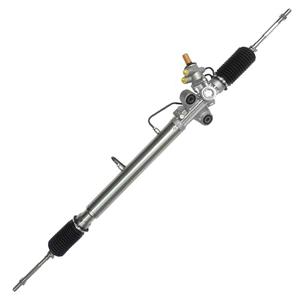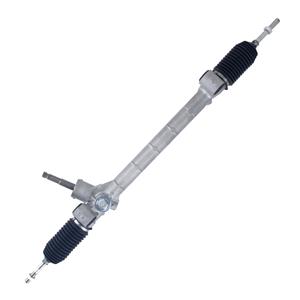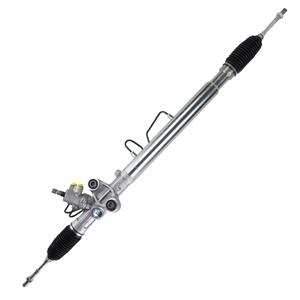-
The manual steering system, also known as the mechanical steering system, is the earliest automotive steering technology. It transmits the rotational motion of the steering wheel to the wheels of the vehicle through a physical connection. The power steering system is developed on the basis of the manual steering system.
-
When the rack and pinion system fails, the vehicle's driving trajectory may be abnormal. For example, the vehicle may deviate from the straight driving trajectory even if the steering wheel is in the neutral position.
-
The manual steering system completely relies on the driver's power for steering, and the mechanical structure is relatively simple, mainly relying on the rack and pinion mechanism to achieve steering. The hydraulic steering system adds a hydraulic power assist device on the basis of the manual.
-
In the current automotive market, hydraulic power steering systems (HPS) and electronic hydraulic power steering systems (EHPS) are still widely used, and both systems rely on power steering pumps.
-
0409-2024
What Is A Manual Steering System?
The manual steering system, also known as the power-free steering system, is a mechanical device that relies on the driver to directly apply force to turn the steering wheel and control the steering of the vehicle.
-
HPS racks are more common in large vehicles and some high-performance models that focus on driving experience. These types of vehicles have high requirements for the durability, reliability and steering feel of the steering system, and the HPS system has obvious advantages in this regard.
-
The power steering rack is connected to the steering gear and steering wheel, and is responsible for converting the driver's steering instructions into actual steering actions of the wheels. Traditional mechanical steering requires a lot of force, while the power steering makes steering easier.
-
Hydraulic power steering system is one of the earliest technologies to replace traditional rack and pinion steering systems. The system greatly reduces the force required by the driver to turn the steering wheel through the pressure provided by the hydraulic pump, thereby improving the comfort of control.
-
0304-2025
What power steering system does BMW use?
Hydraulic power steering is a technology that BMW has traditionally adopted on a large scale. This system generates hydraulic pressure through a hydraulic pump driven by the engine belt, which then delivers hydraulic oil to the steering rack and pinion system through an oil pipe.
-
Hydraulic steering systems require a higher maintenance frequency, so the failure rate may be higher if they are used for a long time or are not properly maintained. Electric steering systems rely on electronic components, which have a lower failure rate, but are more difficult and costly to repair.




